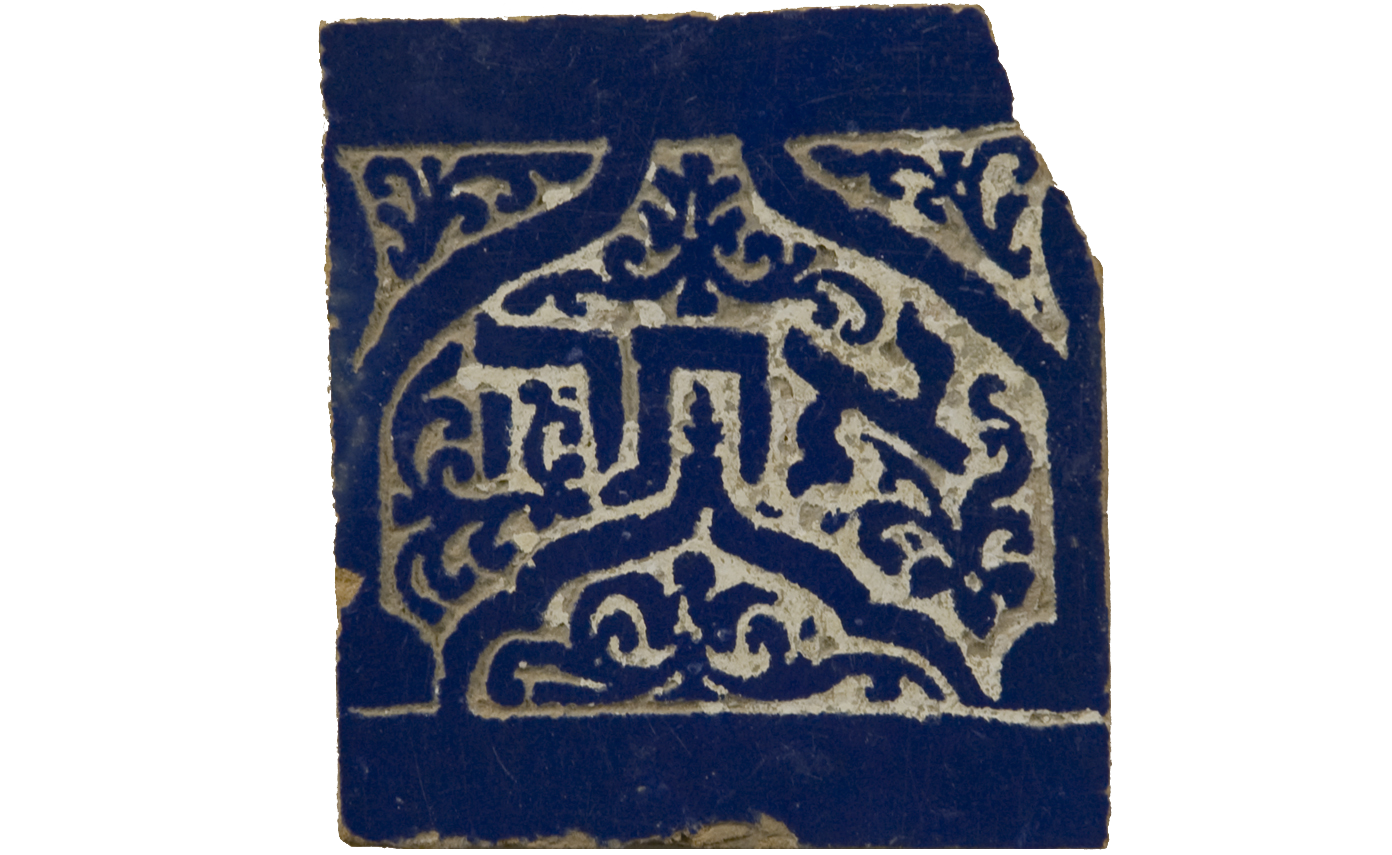Kavvanah on Standing Before God-Who-Sees-Me, by Virginia Spatz (1999)
Source Link: https://opensiddur.org/?p=859
open_content_license: Creative Commons Attribution-ShareAlike (CC BY-SA) 4.0 International copyleft license date_src_start: 1999-00-00 date_src_end: 1999-00-00 languages_meta: [{"name":"English","code":"eng","standard":"ISO 639-3"},{"name":"Hebrew","code":"heb","standard":"ISO 639-3"}] scripts_meta: [{"name":"Latin","code":"Latn","standard":"ISO 15924"},{"name":"Hebrew (Ktav Ashuri)","code":"Hebr","standard":"ISO 15924"}] Date: 2010-07-26
Last Updated: 2025-06-13
Categories: Weekday Amidah
Tags: 20th century C.E., 58th century A.M., Openers, דע לפני מי אתה עומד Know Before Whom You Stand, כוונות kavvanot
Excerpt: A prayer-teaching for grounding one's intention at the onset of the Amidah. . . .
Content:
| Contribute a translation |
Source (English) |
|
|
The Amidah’s choreography
is designed to call to mind
an appearance before a sovereign
so as to invoke the proper “stance.”
|
|
|
Consider, though, the variety of God-communications depicted just in the book of Genesis:
God talks to Adam and Eve,
to Cain,
to Noaḥ,
and to Avimelekh.
|
|
|
God even talks to the serpent.
|
|
וַיִּשְׁמַ֣ע אֱלֹהִים֮ אֶת־ק֣וֹל הַנַּעַר֒ וַיִּקְרָא֩ מַלְאַ֨ךְ אֱלֹהִ֤ים׀ אֶל־הָגָר֙ מִן־הַשָּׁמַ֔יִם וַיֹּ֥אמֶר לָ֖הּ מַה־לָּ֣ךְ הָגָ֑ר אַל־תִּ֣ירְאִ֔י כִּֽי־שָׁמַ֧ע אֱלֹהִ֛ים אֶל־ק֥וֹל הַנַּ֖עַר בַּאֲשֶׁ֥ר הוּא־שָֽׁם׃ (בראשית כא:יז)
|
God heeds Ishmael “where he is.”
|
|
וַתִּקְרָ֤א שֵׁם־יְהוָה֙ הַדֹּבֵ֣ר אֵלֶ֔יהָ אַתָּ֖ה אֵ֣ל רֳאִ֑י כִּ֣י אָֽמְרָ֗ה הֲגַ֥ם הֲלֹ֛ם רָאִ֖יתִי אַחֲרֵ֥י רֹאִֽי׃ (בראשית טז:יג)
|
And Hagar names “YHVH who spoke to her: ‘God-who-sees-me’.”
|
|
וַֽיִּשְׁמְע֞וּ אֶת־ק֨וֹל יְהוָ֧ה אֱלֹהִ֛ים מִתְהַלֵּ֥ךְ בַּגָּ֖ן לְר֣וּחַ הַיּ֑וֹם וַיִּתְחַבֵּ֨א הָֽאָדָ֜ם וְאִשְׁתּ֗וֹ מִפְּנֵי֙ יְהוָ֣ה אֱלֹהִ֔ים בְּת֖וֹךְ עֵ֥ץ הַגָּֽן׃ (בראשית ג:ח)
|
So, in stepping up to greet God,
it is sometimes fruitful to picture,
instead of a royal audience,
an opportunity to meet God in the cool of the garden,
or to approach, at a desert spring, “God-who-sees-me.”
|
A version of this kavanah (intention) was originally produced for the Institute for Contemporary Midrash Summer Institute, 1999.
Contributor: Virginia Spatz
Co-authors:
-

Name: Virginia Spatz
Bio: Virginia Avniel Spatz lives and writes in DC, with a focus on Torah and justice, and works with We Act Radio and Charnice Milton Community Bookstore (CMCB) in Historic Anacostia. Her book, Rereading Exodus Along the Anacostia, supports the literacy programs of CMCB while highlighting the need for new perspectives on race, Jews, and power. She is also active in Tzedek Chicago, Hill Havurah (DC), SVARA, and a variety of other communities. Her journalism has appeared on We Act Radio and Capital Community News, and her fiction and nonfiction appears in variety of publications.
Website: http://rereading4liberation.com
Profile Link: https://opensiddur.org/profile/vspatz
Featured Image:

Title: Moorish synagogue tile with Atah (Morocco, ca. 18th c.)
Caption: Blue and white synagogue tile decorated with Moorish arch and floral motif and inscribed with the Hebrew word אתה “atah” (you), Morocco, 18th century. This tile is most likely from one of the four imperial cities: Fez, Meknes, Marrakesh, or Rabat. Original record notes that this tile came from a Moroccan synagogue. Possibly from the formula “barukh atah bevo’echa uvarukh ata btsetekha” (ברוך אתה בבואך וברוך אתה בצאתך), Deuteronomy 28:6; cf. tiled inscriptions in Lazama synagogue, Marrakech. (From the Magnes Museum collection, Tile [77-275].)

